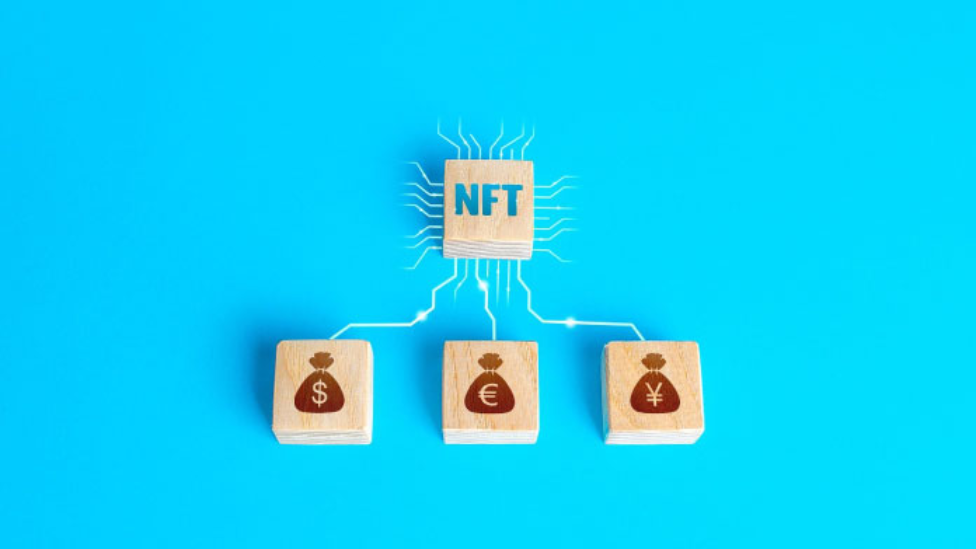The popularity of NFTs exploded in 2020. Most investors wanted to jump on the train, partly due to the belief that these tokens were the next big thing and partly due to the fear of missing out. However, regardless of the reason for investment, NFTs experienced a significant increase in trading activity.
For instance, the NFT market was valued at $11.3 billion in 2021. This indicated the stronghold NFTs had across the world. Moreso, artists benefited from this explosive NFT popularity. Art started to tilt toward graphic art instead of traditional painting on canvas. The lack of barriers in the NFT market also ensured that there was a place for every artist to showcase their work and sell their pieces at impressive prices. Beeple’s “Everydays: The First 5000 Days” NFT sold for a whopping $69 million. Many other NFTs were nearly as successful.
During this period of the NFT wave, NFTs rightly qualified as a store of value. This is because the value of NFTs was relatively stable. There was a lot of popularity driving the NFT wave, and certain features of specific NFTs ensured that the assets retained their value. For instance, the underlying rationale of NFTs is artificial scarcity.
Essentially, NFT owners believe that they exclusively own the NFTs. While this is not exactly true because most users can easily go online and get the exact image, the notion of scarcity created a lot of interest in NFTs. Another feature which comes in handy regarding NFT prices is rarity. Some NFTs are generally rarer than others. Such NFTs cannot be easily obtained, and the rarity increases their value. Thus, the value of those assets remains relatively consistent enough to qualify as a store of value.
Also, many celebrities endorsed NFTs during the rave in 2021. Jack Dorsey, the CEO of Twitter at the time, created an NFT of his own. Late Migos rapper, Takeoff also delved into the NFT space. These endorsements helped drive the price of NFTs further.
With these situations in place, NFTs maintained their position as a store of value for a long time. However, there are indications that this might not exactly be the case currently.
Are NFTs Still a Store of Value?
Crypto experienced a significant value reduction in early 2022. Investors saw a price slash of as much as 50% with major cryptocurrencies like Bitcoin and Ethereum. However, most NFTs still maintained their value during this period. Unfortunately, this trend has not been maintained ever since.
In the past year, the value of NFTs has significantly reduced. For instance, NFT sales reduced drastically in the third quarter of 2022, with only $1.6 billion. This was a significant drop from the $7.6 billion recorded in the previous quarter. Specific NFTs also witnessed a value drop.
Justin Bieber’s Bored Ape NFT, which he bought for about $1.29 million, immediately crashed to $69,000 after the FTX saga. This crash was surprising for many investors and NFT enthusiasts. It also showed that the ability of NFTs to maintain their position as a store of value depends on the consistent development and popularity of the NFT ecosystem.
Conclusion
There is no doubt that NFTs are revolutionary assets. However, whether they qualify as a store of value depends on many factors, including consistent momentum in the ecosystem.
















